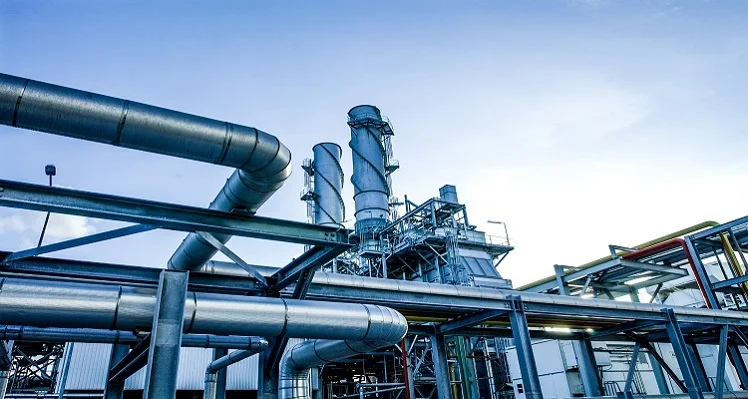Eight OPEC+ oil producers have confirmed they will hike production in July, according to their previously agreed plan to unwind 2.2mn bpd in voluntary cuts from April 2025
The eight OPEC+ countries, which previously announced additional voluntary adjustments in April and November 2023, namely Saudi Arabia, Russia, Iraq, UAE, Kuwait, Kazakhstan, Algeria, and Oman, will hike production by 411,000 bpd in July from the June 2025 production level.
In a statement, OPEC comments that this action is taken in view of the “steady global economic outlook and current healthy market fundamentals, as reflected in the low oil inventories,” and in accordance with the decision agreed upon on 5 December 2024 to start a gradual and flexible return of the 2.2 million barrels per day voluntary adjustments starting from 1 April 2025. It adds that the gradual increases may be paused or reversed subject to evolving market conditions, and that this flexibility will allow the group to continue to support oil market stability.
The eight OPEC+ countries also noted that this measure will provide an opportunity for the participating countries to accelerate their compensation. The eight countries reiterated their collective commitment to achieve full conformity with the Declaration of Cooperation, including the additional voluntary production adjustments that were agreed to be monitored by the JMMC during its 53rd meeting held on 3 April 2024.
They also confirmed their intention to fully compensate for any overproduced volume since January 2024. The eight OPEC+ countries will hold monthly meetings to review market conditions, conformity, and compensation.
The eight countries will meet on 6 July 2025 to decide on August production levels.
Despite the increase in supply, oil prices have held steady, with geopolitical tensions likely contributing, such as the Russia/Ukraine war, the release of the IAEA report on the Iran nuclear programme and potential supply disruptions in Libya and Canada.
Some analysts view the OPEC+ supply hike as reflecting Saudi Arabia’s attempt to regain market share, with its budget and spending plans under pressure.
Jadwa Investment, in its report on Saudi Arabia’s Q1 budget statement, notes that the Kingdom recorded a fiscal deficit of SR58.7bn in Q1-25, as revenue declined by 10% year-on-year due to lower oil revenue, while spending was 5% higher. Oil revenue declined year-on-year by 18% due to lower dividends from Saudi Aramco and lower oil prices.
“Oil revenue will remain under pressure in 2025 as oil prices have trended lower than in Q1 and output gains will only partly offset this,” it comments.
“The outlook for oil prices remains highly uncertain, and much will depend on the fortunes of the global economy during this period of volatile US policymaking. The evolution of OPEC+ policy is also uncertain and important.”
In its latest Oil Market Update, Jadwa remarks, “Global fundamentals may improve if US policymaking settles down, the US Fed finds room for more rate cuts, and China continues with stimulus. But, with oil inventories likely to build during 2025, further oil production growth and structurally slowing Chinese demand, the oil market may lack an upward catalyst.”













